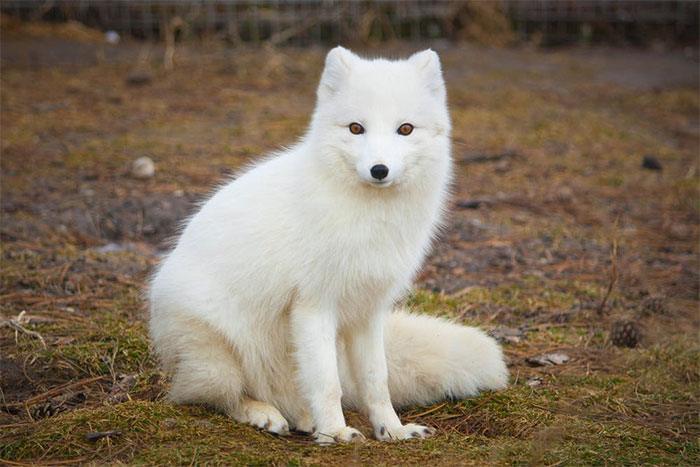Why do many animals have pink ears when their bodies have many different colors?
The truth about the color of animal ears
The short answer to this question is that the ear has a lot of blood vessels near the skin and the skin is quite thin. Blood vessels near the skin help animals – and humans, too – to maintain a moderate body temperature.
Animals living in colder parts of the world often have brighter skin. If an animal has fair skin, the blood vessels near the surface of its ears will make the ears appear pink.
But the truth is, most animals don’t have pink ears. The following is an explanation of The Conversation page.
Animals evolved and their ears had different shapes and colors
You may have heard of evolution. Evolution is how animals change their appearance, how they hunt, and how they attract mates. All of these changes and adaptations will increase their chances of survival.
Evolution has also affected the color of the skin of animals.
Near the equator, in hot climates, animals often have darker skin, including the skin on their ears. African elephants, for example, have rather dark ears. They are also the largest eared animal on the planet.
Meanwhile, in cooler climates, the skin color of animals is usually lighter and pink. The same is true for humans. The color of the skin (and ears) of the first people to migrate out of Africa to colder regions often becomes lighter.
Why is the color of the skin different in different climates? Pigmentation of the skin, which gives the skin color, can protect against sunburn and skin cancer. Animals live in cooler places, they don’t need dark pigmentation to survive. Fair skin also helps animals stay warm as it reduces heat loss, which comes in handy in colder climates.
So why are animal bodies all kinds of colors, but their ears are pink?
For most species, the coat color, skin color or body coat usually develops and acts as a camouflage. This allows the animals to blend in with nature and avoid being hunted, or with predators, their fur color and skin color help them hide.
Just like the color and size of the ears, body color also helps animals maintain body temperature in moderation.
But even though animals have fur, scales, or feathers that are brown, orange, white, or any color, they may have a light layer of skin underlying them.
And so when an animal has ears and those ears don’t have a lot of hair around, you will see the ears appear pink because the blood vessels are close to the surface of the skin of the ear.
 African wild cat.
African wild cat.
Ear shape and size
In animals, ears come in different shapes and sizes.
In African bats or feral cats, for example, their ears are large for their size – this helps them hear better because they can detect more sound waves.
These big-eared creatures and animals have excellent hearing, especially at night. In contrast, a mole has very small ears because it has to burrow – large ears will hinder the digging process.
 The arctic fox has fairly small ears.
The arctic fox has fairly small ears.
Another disadvantage of big ears is that the body of these animals can lose a lot of heat. This is why animals that live in cold places, like arctic foxes, have rather small ears.


